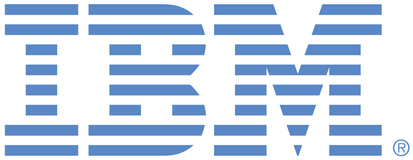
This portal is to open public enhancement requests against the products and services belonging to IBM Sustainability Software. To view all of your ideas submitted to IBM, create and manage groups of Ideas, or create an idea explicitly set to be either visible by all (public) or visible only to you and IBM (private), use the IBM Unified Ideas Portal (https://ideas.ibm.com).
Shape the future of IBM!
We invite you to shape the future of IBM, including product roadmaps, by submitting ideas that matter to you the most. Here's how it works:
Search existing ideas
Start by searching and reviewing ideas and requests to enhance a product or service. Take a look at ideas others have posted, and add a comment, vote, or subscribe to updates on them if they matter to you. If you can't find what you are looking for,
Post your ideas
Post an idea.
Get feedback from the IBM team and other customers to refine your idea.
Follow the idea through the IBM Ideas process.
Specific links you will want to bookmark for future use
Welcome to the IBM Ideas Portal (https://www.ibm.com/ideas) - Use this site to find out additional information and details about the IBM Ideas process and statuses.
IBM Unified Ideas Portal (https://ideas.ibm.com) - Use this site to view all of your ideas, create new ideas for any IBM product, or search for ideas across all of IBM.
ideasibm@us.ibm.com - Use this email to suggest enhancements to the Ideas process or request help from IBM for submitting your Ideas.

Ansible automation and cli is provided to ease the installation for most customers. You do not have to use it directly as the interface of how to install the operators for MAS, the application, the prerequisite and prerequisite's operators is the OpenShift OLM mechanism. You can either do your own automation from ground up leveraging what OLM, OpenShift, Kubernetes capabilities, or they can use portions of the ansible collection, or even customize the cli. All source code is open. Customers wishing to break up the MAS install can either drive the Ansible roles in their own playbooks, build their own tekton pipelines using our tekton tasks, or install manually if they really desired. There is a lack of documentation in the area of "how to install MAS manually"; we used to have this documentation but it caused more problems than it solved because the assertion is that anyone advanced enough to be even considering installing (and managing) MAS and it's dependency stack manually without any automation is setting themselves up for a world of pain in both the short and long term. By addressing the documentation gap mentioned in MASCOM-I-88(providing clear information about the yamls necessary to install MAS and dependencies) would also address the gap in terms of anyone that wanted to do a manual install.